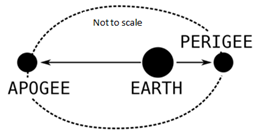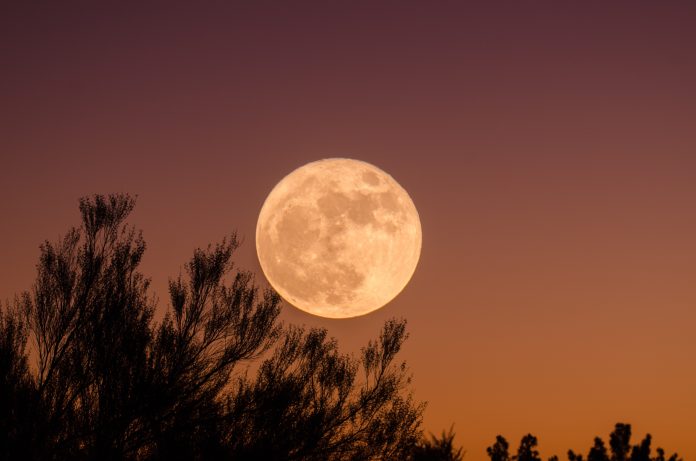The Moon’s orbit around Earth is oval shaped with the Earth offset slightly to one side.
Because of this, our distance from the Moon varies from about 360,000 kms when it is closest to Earth (perigee) and 400,000 kms when it is furthest away (apogee).
A full Moon takes place when the Earth is directly between the Moon and the sun.
If it occurs when the Moon is at 100% perigee (absolute closest point to Earth), this is a true Supermoon and can make the Moon appear 14% larger and 30% brighter than if it were to happen when the Moon was at apogee.
Unfortunately, a true Supermoon is a very rare event. The last one took place on January 15, 1930, and won’t happen again until December 6, 2052.
In 1979, an astrologer named Richard Nolle felt 122 years was just too long to wait, so he put forward the idea that whenever a full Moon occurs at 90% perigee or greater, that too should count as a Supermoon. Why Richard chose 90% as his cut off, is unclear.
2023 will have four of these 90% Supermoons, occurring on July 3, August 1, August 31, and September 29.
Incidentally, 2023 has 13 full Moons instead of 12, something that only occurs every two to three years. That extra full Moon, which falls on August 31, is called a ‘Blue Moon.’
Traditionally speaking, a ‘Blue Moon’ is the third full Moon of an astronomical season containing four full Moons. No, it won’t be blue.
Because they will not be as close to Earth as the genuine article, the 2023 Supermoons will appear only 7 to 10% larger than a regular full Moon.











